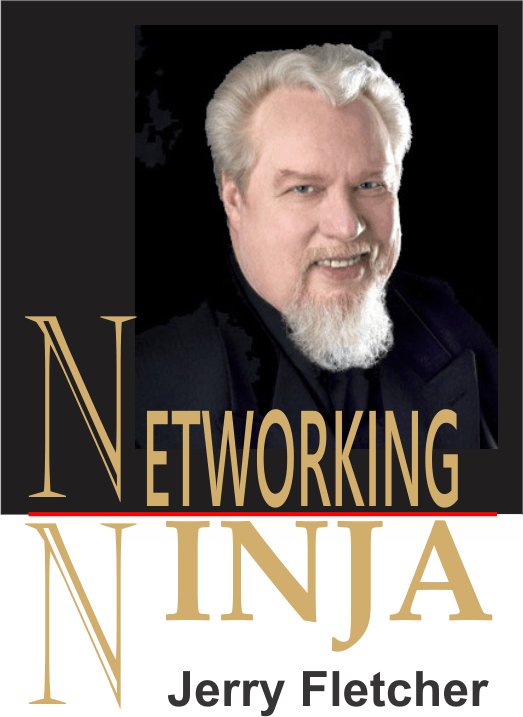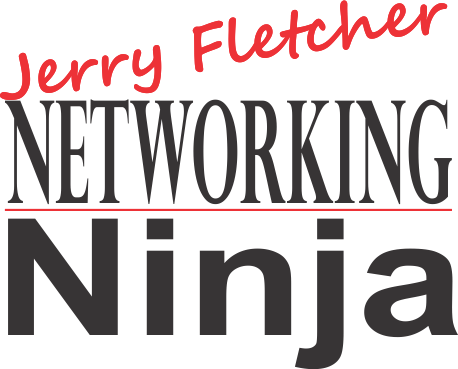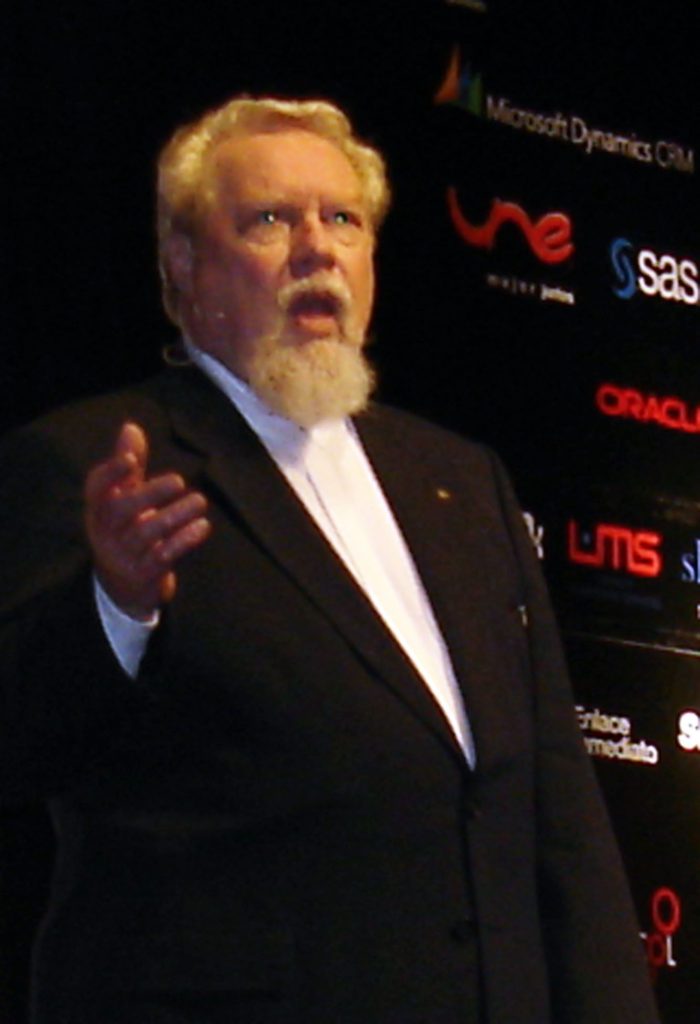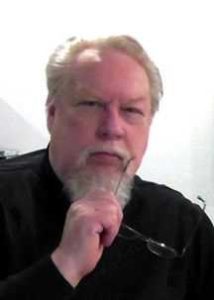
Yesterday I reviewed the latest blog from Science of People. One of the items was about how to use the physical elements of the stage to enhance your ability to communicate when making a speech.
That got me thinking about how we present information about our brand on web sites.
Brand is the expression of Trust.
How you stage yourself, your product or service makes a difference. Your words can tell prospects they are seen, heard and understood. That creates a level of empathy. Your authority must sync with it to get to Trust. Stagecraft can make the difference. Let them see an expert guide.
The body has a language of its own
Some people craft what they say as if the world will hang on each word. It doesn’t. Your physical appearance in the space impacts it just as much. The elements of body language that can impact your meaning are:
- Facial Expressions (including your eye movements)
- Body posture
- Gestures
- Breathing
- Touching to include handshakes
Brand is all about getting to trust. If your posture gives the lie to the empathy you are presenting in your words, you lose. A direct gaze in a Latino culture is a challenge or a romantic indicator. Want to come across as an expert? Relax your hands. That indicates confidence and self-assurance across most cultures. Breathe. Take full deep breaths. Shallow breathing means you are nervous.
All that applies whether you are in a one-on-one meeting, on stage or on video.
Blocking for intimacy
The stage has a front (closest to the audience), a middle and a back (upstage). Intimacy increases the closer you are to the front. It is the same with photos you use on your web site. It is the same in any video you do. Think about how in a movie there’s a shot of the city that cuts to a street with our hero and guide walking along that cuts to a close-up of them talking. That builds intimacy without saying a word. As the distance between the presenter or product is reduced the intimacy increases.
Importance is all about placement
Looking at a stage there is a left, a center and a right from the audience’s viewpoint. If you are presenting something that has a time line involved you may want to begin at the audiences left and work your way to the right to physically enforce the time frame. If you use flashbacks as part of your presentation, always move to the point in the linear narrative where the action occurred. Your audience will get it without a lot of explanation.
All of us have seen web sites with pricing and benefits arrayed from lowest price and inclusions on the left to most on the right. Sears Roebuck started this with their catalog offering of Good, Better and Best. Most commonly today these options are identified on web sites as Silver, Gold and Platinum.
Position can also indicate importance.
In cultures that read left to right/top to bottom, the tendency is to place the most important item on the left moving to lesser items to the right. Where should your most important service be positioned in the offering on the web site? The service panel templates usually have three options. I recommend putting your signature item on the left, the next best revenue producer in the middle and the lowest of the three on the right.
Position vs Intimacy
Combining position and intimacy of graphic can shift this reaction. Frequently there is emphasis put on the center item to supercede the positional importance.
For instance, place an intimate photo of the product/service in the center flanked by less intimate graphics of the other two services. Our tests show that the intimacy of the graphic tends to be the governing factor when there is a difference. If the graphics are similar, position wins.
Shakespeare said, “All the world is a stage…”
Look at how you block your brand appearance to enhance your connection with your audience.
______________________________________________________________________________

Jerry Fletcher is a sought-after International Speaker, a beBee ambassador, founder and Grand Poobah of www.BrandBrainTrust.com
His consulting practice, founded in 1990, is known for Trust-based Brand development, Positioning and business development for independent professionals on and off-line.
Consulting: www.JerryFletcher.com
Speaking: www.NetworkingNinja.com
DIY Training: www.ingomu.com










